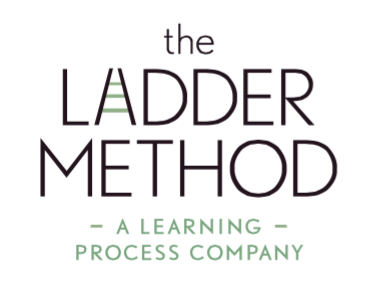Top 6 Benefits of an ADHD Reward System
Motivating any child to do anything can often seem like an uphill battle but for those parents with a child that has ADHD, it is actually often an even more challenging task. Punishment often seems like a dead-end. And, you are not wrong. For children with ADHD, when there is no “pay-off” it is next to impossible to motivate them. Here is why: children with ADHD often have much lower levels of dopamine than neurotypical children, thus it is more challenging to “intrinsically” motivate them. They simply do not get the “intrinsic” good feelings of accomplishing a task for the sake of completing the task.
When there are lower levels of dopamine, the climb to feel rewarded is much steeper. From a functional standpoint, we recommend setting up a mix of smaller rewards that are easier to attain with larger rewards that are pushed out and more difficult to reward so that you can train the brain.
But…how so?
Here are our top six benefits of setting up a rewards system, rather than a punishment system for children with ADHD:
Enhancing Self-Esteem and Confidence
Small victories matter, especially for children with ADHD, who frequently encounter obstacles to success. A rewards system that includes smaller rewards and benefits recognizes and celebrates these victories. The little victories boost self-esteem and confidence in the short term. Not only does a pat on the back make a child smile, but it also confirms their capability to overcome challenges. Given a child the muscle memory to remember that they can overcome challenges is a crucial mindset for personal development.
2. Fostering Motivation
The feeling of intrinsic motivation is empowering. By leveraging a personalized rewards system, children with ADHD can feel that surge of willingness to tackle tasks that may have otherwise seemed daunting. This is beneficial for your child as they grow and essential for executive functioning skills as they begin to tackle more significant tasks in school and, eventually, the workforce.
3. Improving Focus and Concentration
ADHD symptoms include difficulty staying on task, restlessness, and impulsivity, making it challenging for children to concentrate fully during activities.
A rewards system can mitigate these symptoms by providing an incentive to stay focused. By setting specific goals and rewards, children can learn to channel their energy. Learning how to set their attention towards a particular activity in pursuit of the reward, can help them train their attention muscles.
4. Understanding Cause and Effect
Rewards systems are practical examples of the cause-and-effect relationship. Efforts lead to rewards. This fundamental principle can help children with ADHD comprehend the direct link between their actions and consequences. This relationship serves as a guide for behavior outside the structured environment of the rewards system.
5. Promoting Consistency and Routine
Regular schedules and predictable routines can aid in managing ADHD symptoms.
A well-defined rewards system provides a framework that can introduce and maintain consistency and routine in a child’s life. Both of which are essential for navigating the daily challenges posed by ADHD.
6. Personalization and Engagement
A rewards system can easily adapt to your child's needs and interests. By doing so, it becomes not only a developmental tool but an engaging activity that your child can genuinely look forward to and enjoy. With the knowledge gained in this article, you can also get in touch with us to get access to our free pdf guide of rewards to supercharge your child's development while using your personalized rewards system.
Types of Reinforcement for Your Rewards System
In many cases, the effort of a child with ADHD is not immediately apparent to them. Helping them track their progress towards a goal can effectively reinforce positive behaviours and motivate them to keep going. Depending on the activities you'd like your child to engage in, you might want to create a chore chart list, a good behavior chart, a homework and study rewards system, or all the above.
You'll want to create a behavior chart from cardboard or paper and invest in some behavior chart stickers to make the experience of using a rewards system more tangible and exciting for your child.
Some of your rewards can be immediate, such as tangible rewards or praise and recognition, and others can be achieved using a point system. This is an effective way to track progress and provide cumulative rewards. Your child can earn a reward once a certain number of points are accumulated. This type of reinforcement also allows for the incorporation of levels, with each level requiring more points to achieve and offering larger rewards for prolonged good behavior or focus.
Good luck and as aways feel free to comment or ask questions below and we will be sure to get back to you.

